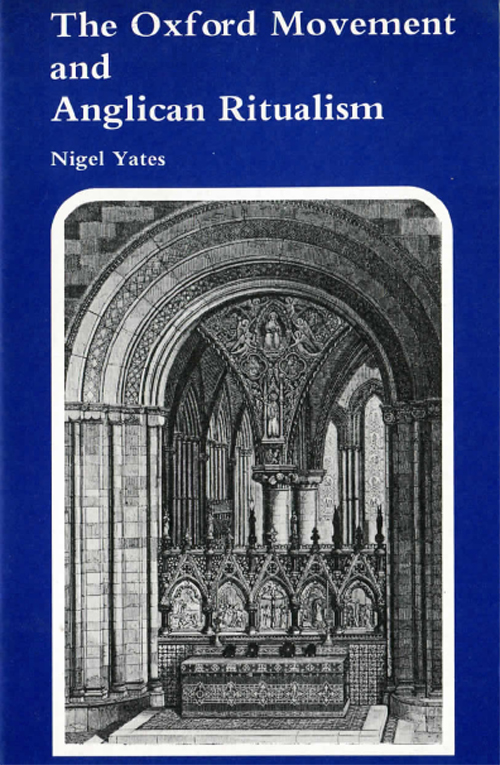The Oxford Movement and Anglican Ritualism
Classic Pamphlet

Developing Anglo-Catholicism
The English Reformation of the Sixteenth century had been a compromise, both politically and theologically. The administrative framework of the medieval church, with its system of church courts, private patronage, pluralism, the social and financial gulf between the lower and higher clergy, its inadequacy of clerical education and its hierarchical structure, had survived virtually intact.
The theology of the reformed church's doctrinal standpoint, for instance, in the 39 Articles, was, however, basically Calvinist and strongly anti-Roman. Its liturgy managed to incorporate both Protestant and Catholic features.
Yet the reformed church won the allegiance, even if grudging, of most English people in the sixteenth century. Only a few remained recusants, loyal to the pope. Only a few extreme Protestants, mostly Anabaptists, could not be accommodated. Yet because the reformed Church of England was a compromise it contained within itself from its earliest days both high and low church pressure groups anxious to push the church in either a more Catholic or a more Protestant direction.
This resource is FREE for Historian HA Members.
Non HA Members can get instant access for £3.49

